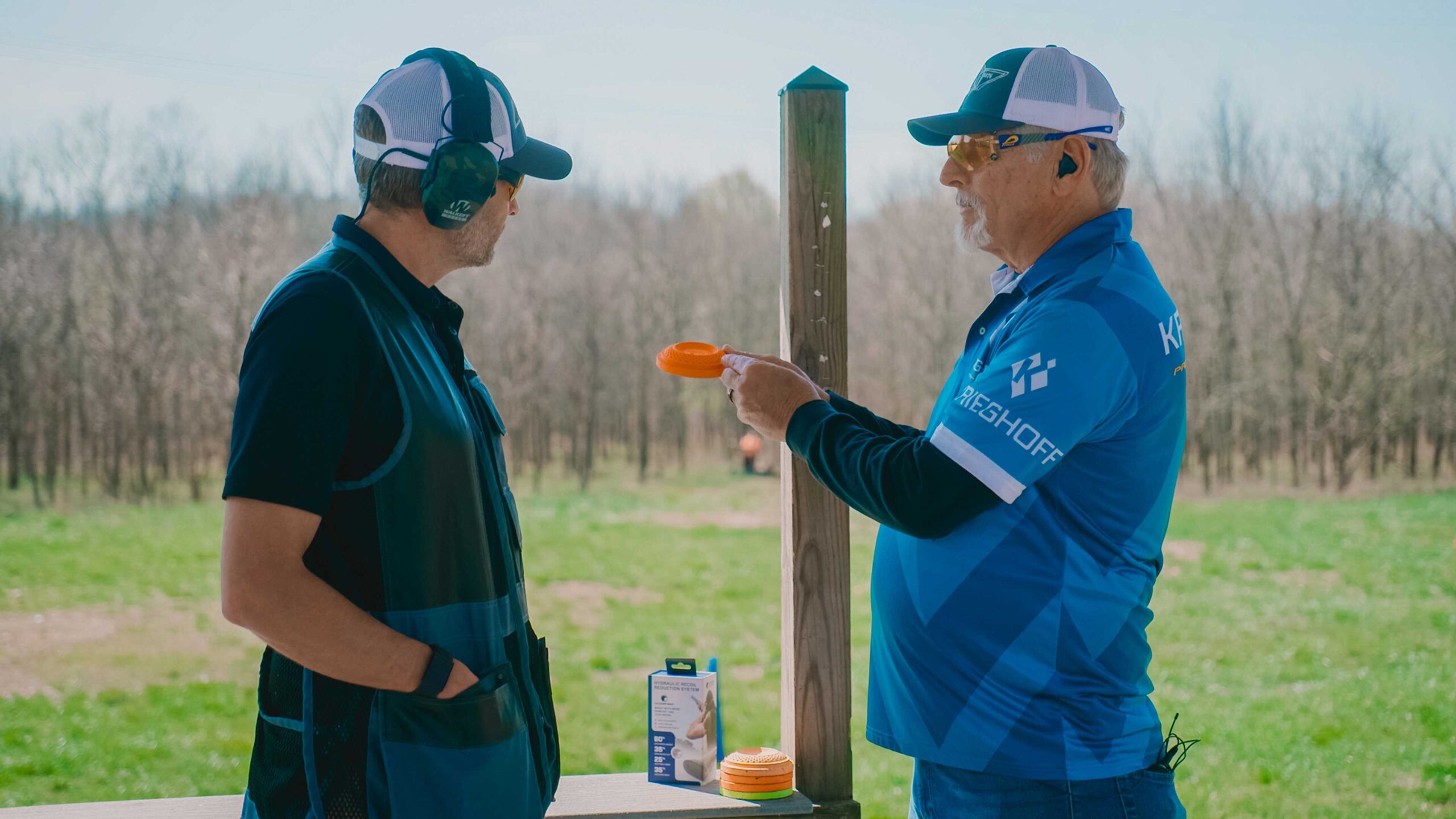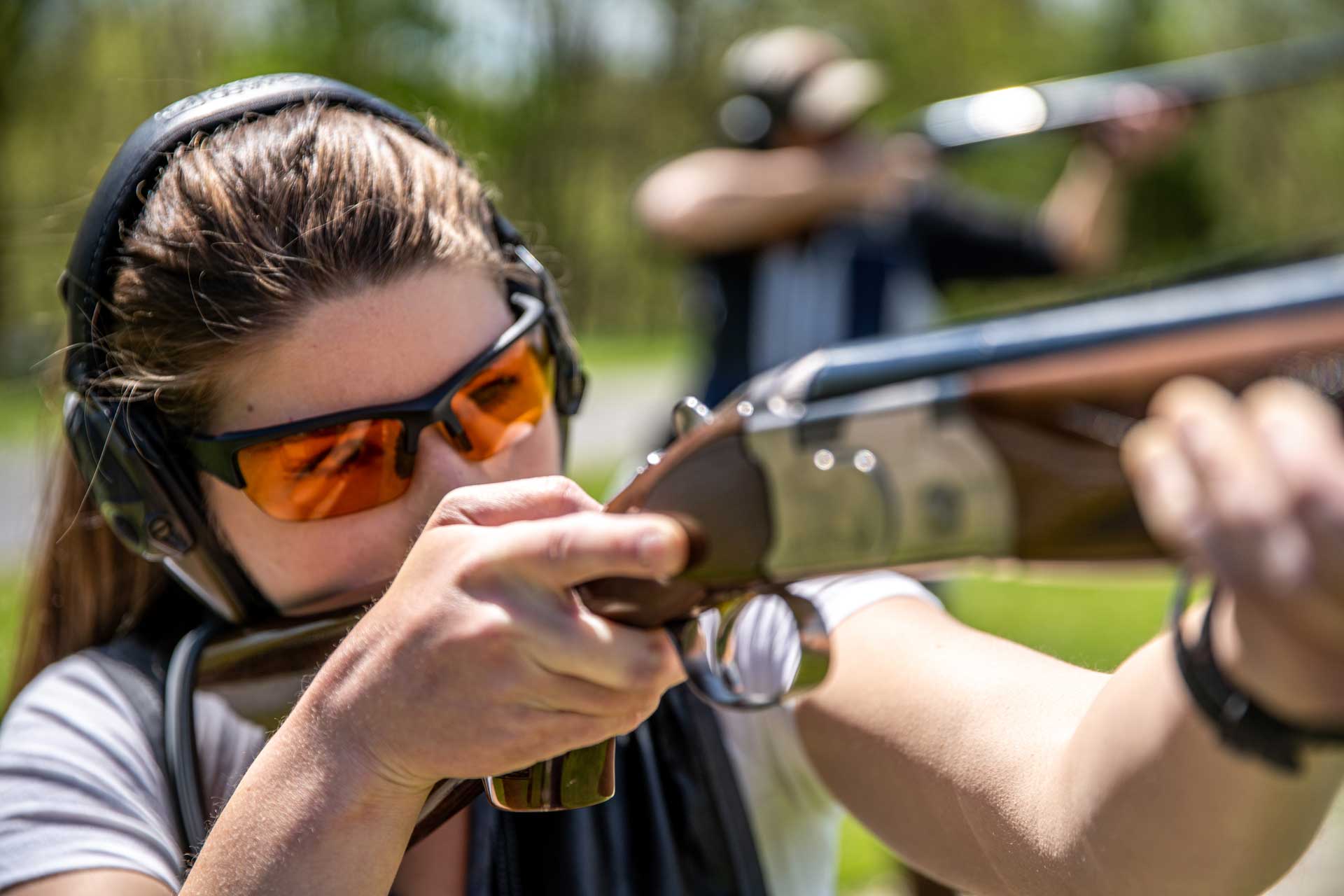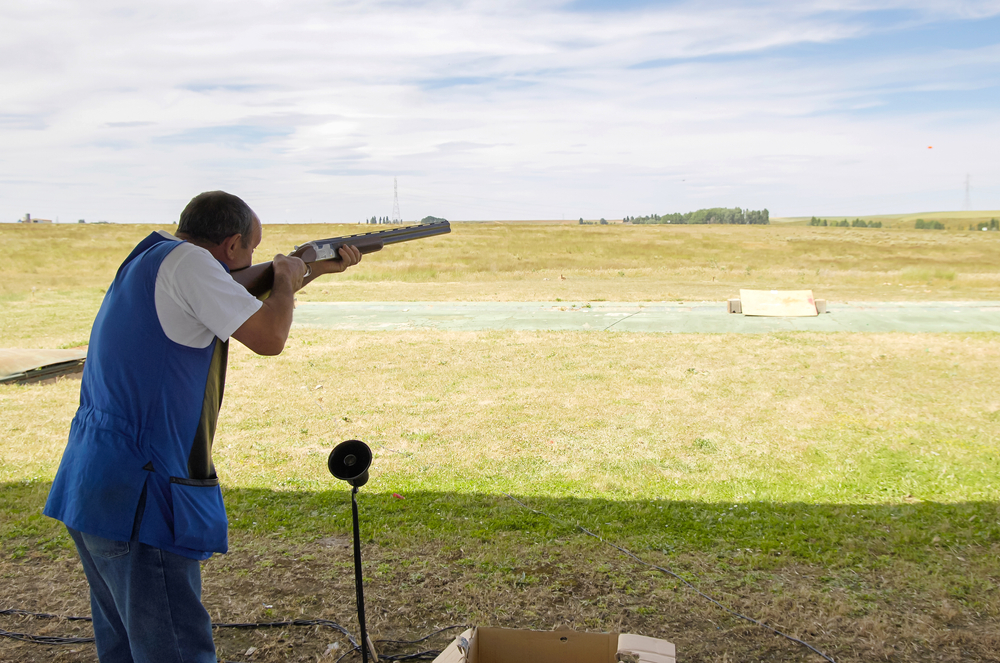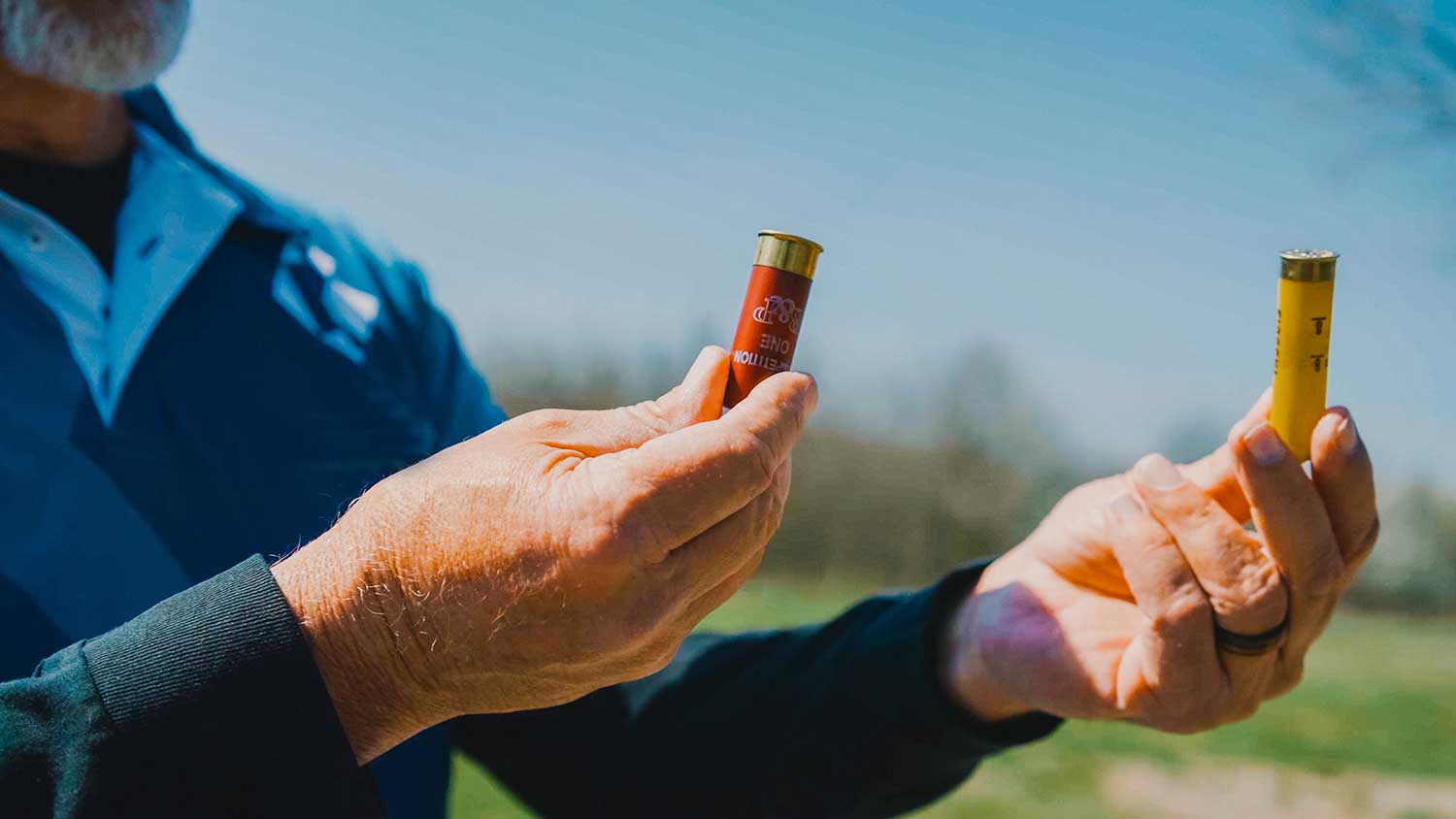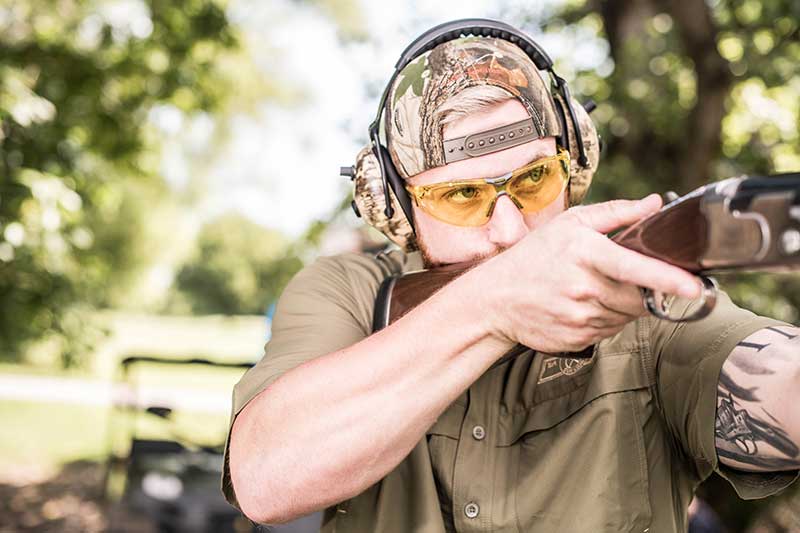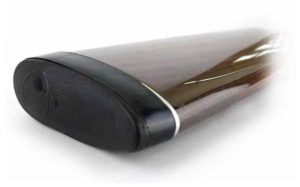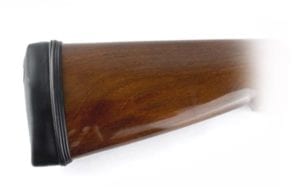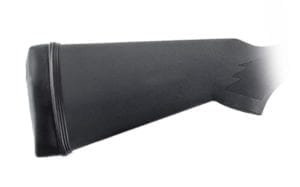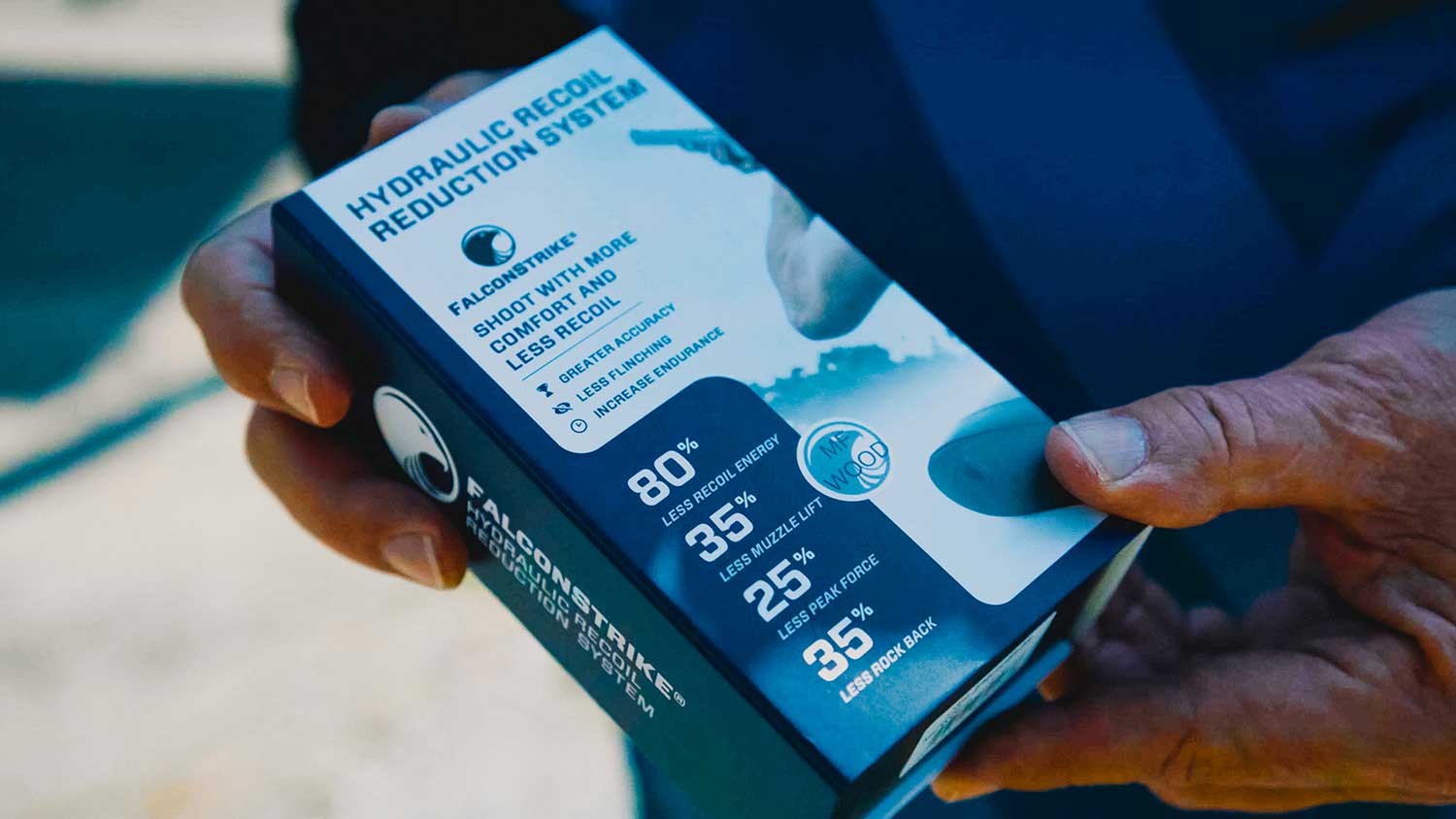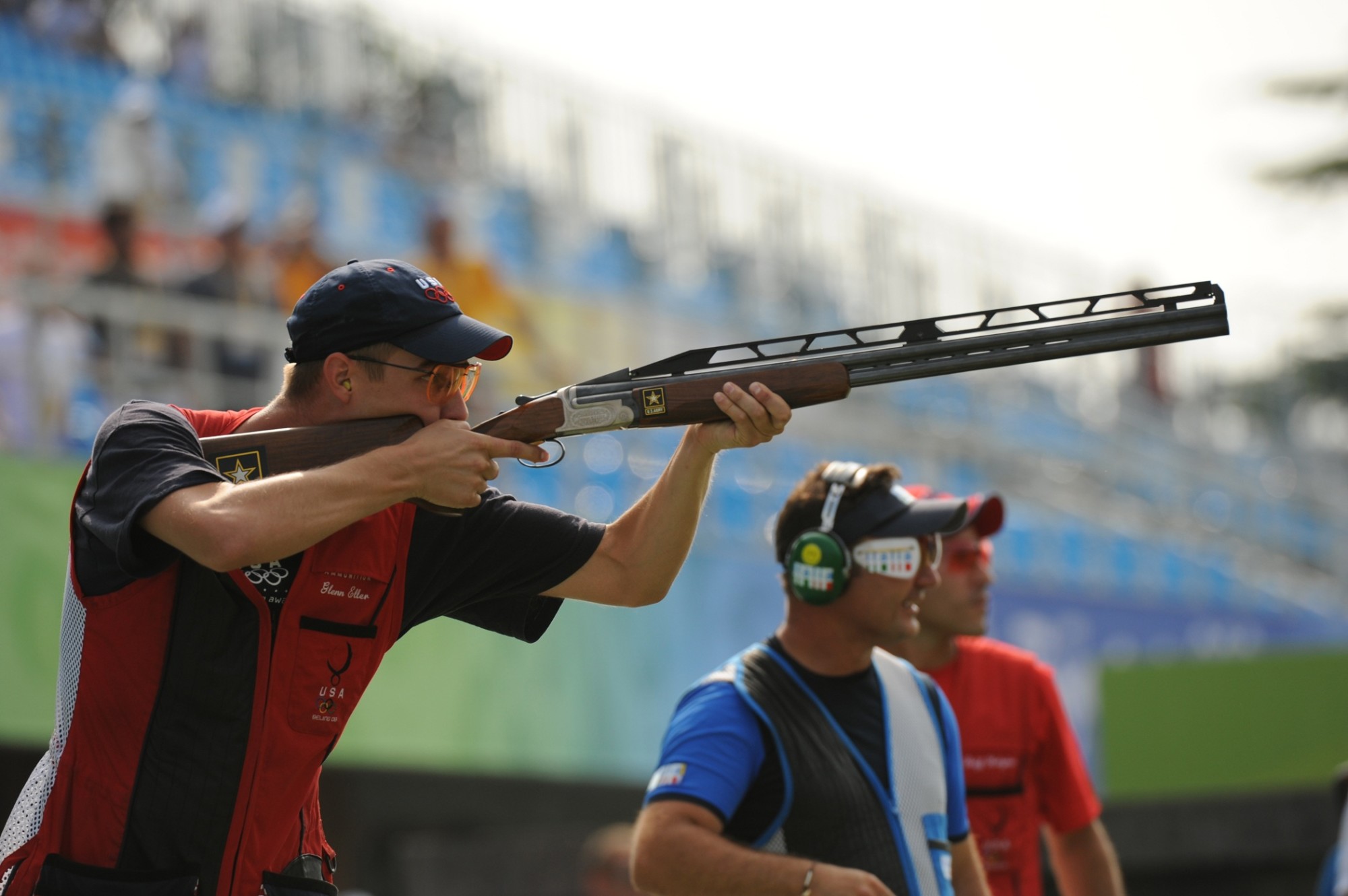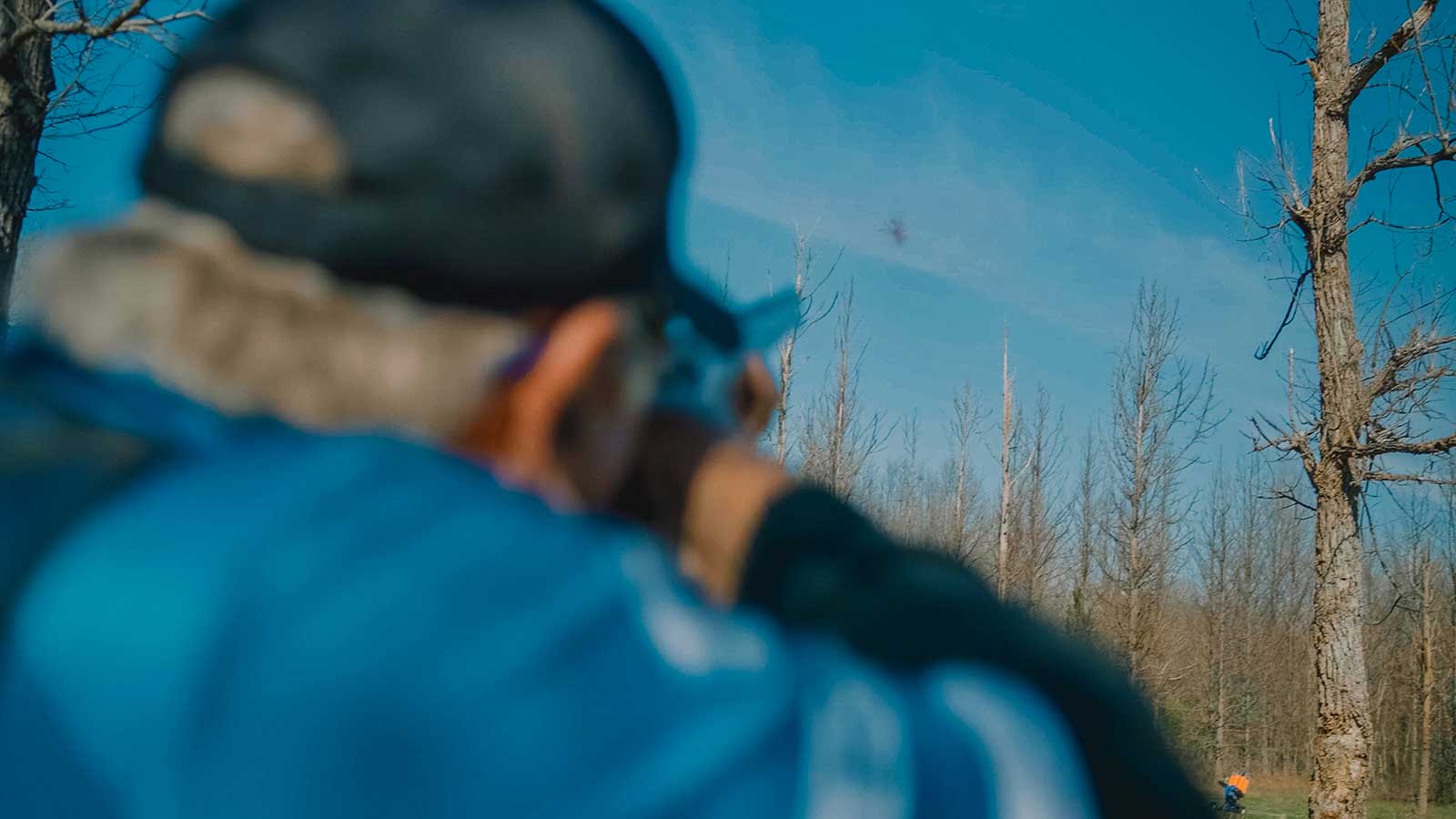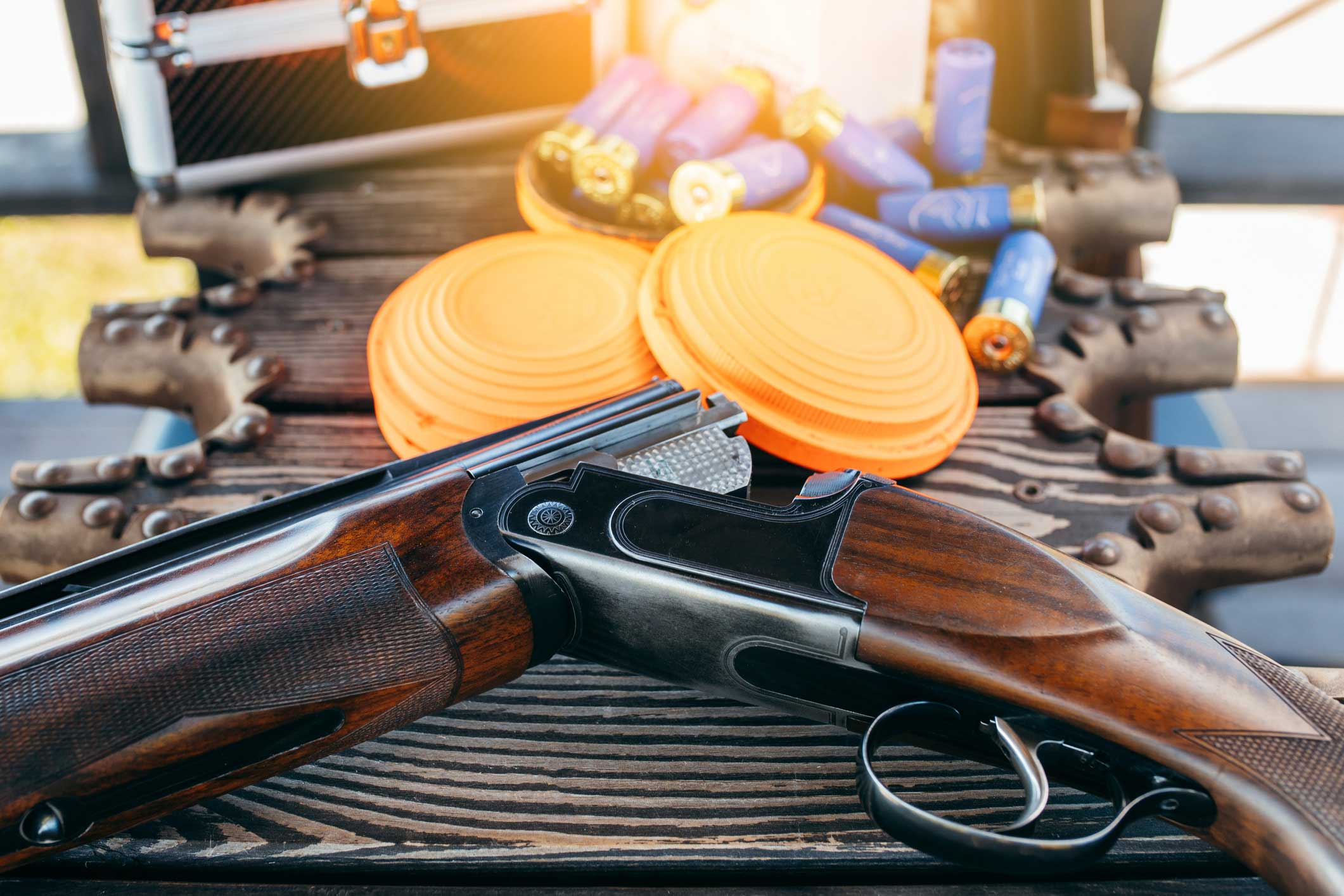
There are three popular shotgun sports–clays, trap, and skeet. These sports test a shooter’s ability to hit moving targets. Though all three options simulate bird hunting, there are differences between each one.
Sporting clays are unique from the group as the sport most closely resembles real hunting with targets flying in a variety of angles and directions. If you’re interested in learning more about these sports, we’ll explain in more detail about sporting clays, the differences between the three shotgun sports, and why having adequate recoil pads are a necessary part of your game.
History of Sporting Clays
Sporting clays are a kind of clay bird shooting, which has its origins in England. During this time, British shooting schools replaced live pigeons with clay targets. The goal was to create a sport that accurately replicated the conditions of real-life hunting.
By the late 1980s, the US caught onto this type of sport and began to hold competitive events. Sporting clays continue to be a popular sport among shotgun enthusiasts, as it mimics real-life bird and upland hunting. Much of the following around clay shooting has come from the National Sporting Clays Association.
The Difference Between Clays, Trap, and Skeet
There are a few differences between clays, trap, and skeet shooting. Though all three sports originated as simulated bird hunting, they have become distinctive from each other.
Trap shooting involves attempting to hit targets moving away from the shooter. The height of each target remains the same. However, the targets move through the air at various angles. Skeet shooting developed out of trap shooting, as shooters noticed that trap didn’t follow bird movement patterns. The purpose of skeet shooting is to hit two crossing targets that have been shot through separate machines.
Sporting clays is the most realistic to bird hunting out of the three sports. With clay shooting, there will be a variety of angles and speeds. While one target may fly towards the shooter, the next one may launch away from them.
All three sports can be performed with various types of shotguns. However, it’s important to have good recoil pads so you don’t deal with the effects of recoil, such as soreness and slippage. Also, for these sports, you’ll want recoil pads to help with improved accuracy, as the lack of slippage and extra comfort the pads provide are helpful when you’re firing multiple rounds.
Sporting Clay Courses
People often refer to sporting clays as “golf with a shotgun” due to the sport’s course. A typical course may have 12, 15, or 20 stations. At each station, the shooter will navigate a varied selection of targets from different machines to best simulate real hunting conditions.
To perform your best, you’re going to need the best equipment! Our high-quality recoil pads are made with safety and comfort in mind. Take a look at our shop and find the right recoil pad to help with your game.

